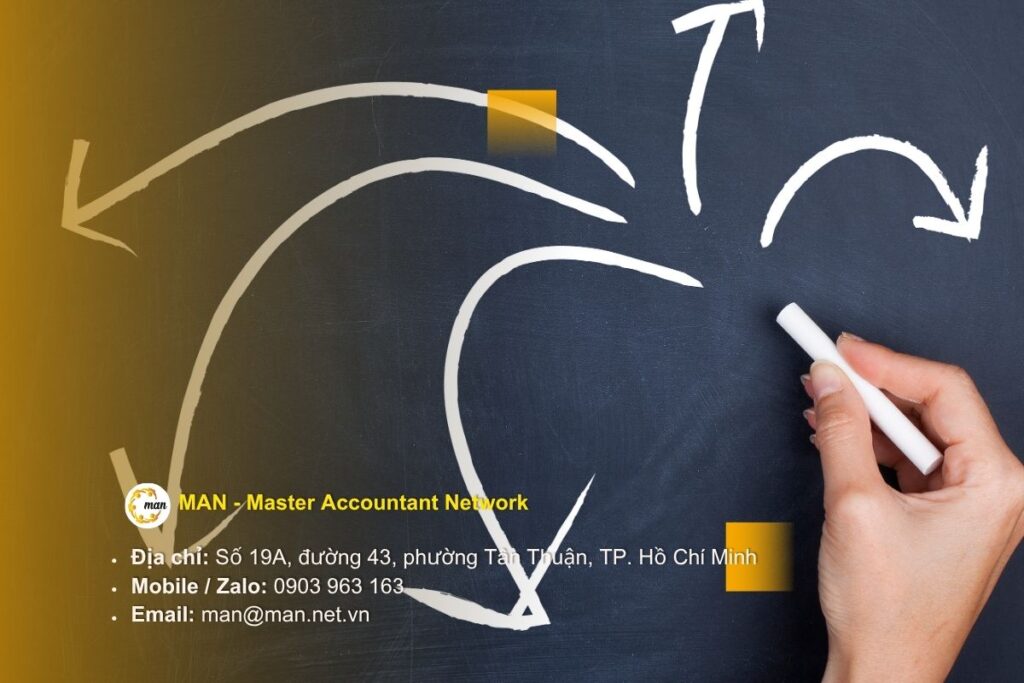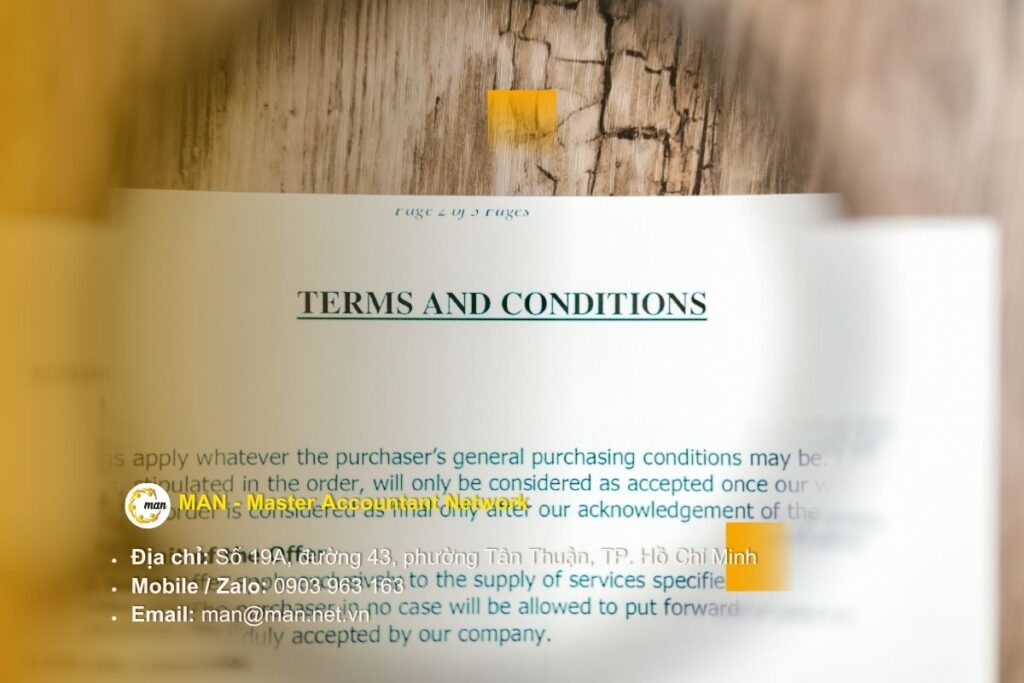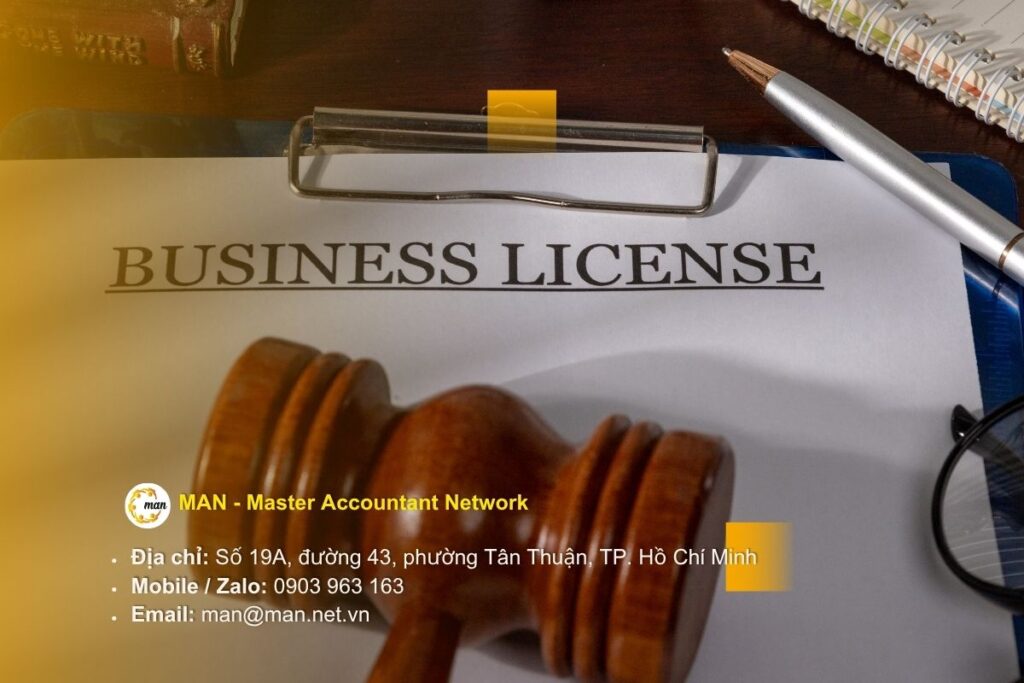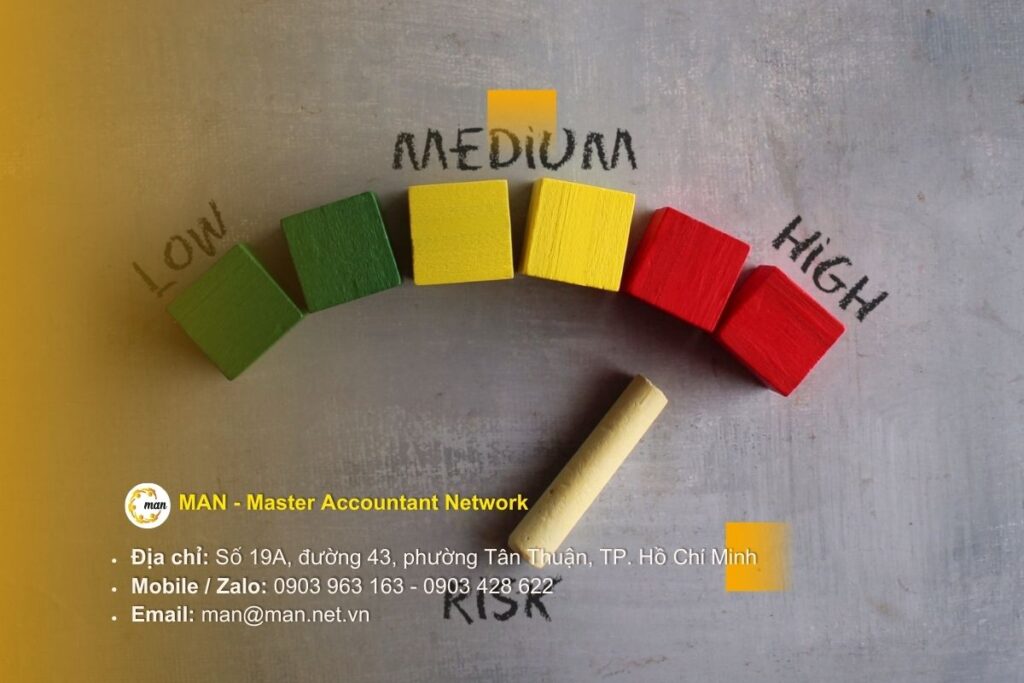Affiliated transactions within the group are not only a tool to optimize capital flows, costs and profits, but also a hot spot of special interest to tax authorities and investors. Without a transparent governance mechanism and compliance with international standards, enterprises may face the risk of being taxed, having to pay back taxes for many years and damaging brand reputation. This article will comprehensively analyze the risks, legal basis and management trends in 2025, and build an affiliate transaction strategy within the group to help group enterprises control effectively and sustainably.
The concept of related party transactions in a corporation
Affiliate transactions Intra-group transactions are all economic transactions (purchase and sale of goods, provision of services, transfer of intangible assets, lending or receiving loans, cost allocation, financial guarantees, etc.) that take place between related entities in the same group or between parties that have a relationship of control, domination, or interdependence. The initial goal of intra-group transactions is often to optimize operations and financial planning within the group. But at the same time, it also creates many tax, legal, and administrative risks if not designed, priced, and controlled closely.
Cases considered as related parties in related transactions within the group
Typically, the connection does not only come from the share ownership relationship between the parent company and the subsidiary, but can also come from the right to control in management, financial dependence, or family and personal relationships that have the ability to directly influence business decisions. Accurately identifying the connection is an important foundation for businesses to effectively manage related-party transactions within the group, as well as prepare documents and comply with legal requirements on related-party transactions within the group. The table below will specifically detail the cases considered as related parties in related-party transactions within the group:

Board: Related parties in related transactions within the group.
| Relationship group | Specific cases |
| Capital ownership relations | One party directly or indirectly holds more than 25% of the other party's capital contribution. The same third party directly or indirectly holds more than 25% of the capital contributions of both parties. |
| Financial control relationship | A borrower or lender has over 10% of equity capital and accounts for over 50% of total medium and long-term debt. One party guarantees or lends capital resulting in financial decision-making power of the other party. |
| Management and operation relationship | One party appoints the Board of Directors, Board of Management, and decides on operating policies. Both parties have more than 50% members of the Board of Directors appointed by the same party. |
| Human and family relations | Close family members (spouse, parents, children, siblings) participate in management or contribute ≥ 25% of capital in two enterprises. Individuals who operate two different businesses simultaneously. |
| Economic interdependence | One party is dependent on the other for sales (over 50% in revenue from a single party). Exclusive distribution or agency relationship or sole dependent supply. |
| Other special relationships | Transfer or grant of rights to use intangible assets (brands, technology, patents). – Cases that demonstrate actual control or dominance without capital contribution. |
This table helps businesses clearly identify related parties to effectively manage related party transactions within the group, as well as prepare legally compliant documents.
Common types of related party transactions in a corporation
After clearly identifying the related parties in the group, the next step is to identify the types of related transactions that often arise in the group. This is an important basis for businesses to build pricing policies, manage risks and prepare documents to prove compliance. Normally, multinational corporations as well as domestic enterprises will encounter the following 5 common groups of transactions:
- Purchase and sale of goods: Finished products, raw materials, internal sales between companies in the group.
- Internal services: Support, management, marketing, etc. services for subsidiaries are all provided by the group.
- Intangible assets: Transfer or licensing of trademarks, technology, software, patents.
- Internal financing or lending: Loans, guarantees, capital arrangements.
- Corporate cost allocation: allocation of marketing costs, market research and development costs, management fees.
What role do related party transactions play in financial management?
Related party transactions within a group are not only accounting exchanges between subsidiaries. Related party transactions within a group are not only a strategic tool for coordinating capital and profits across the entire group ecosystem, but also for avoiding tax imposition. When properly designed and managed, related party transactions help the group optimize capital costs, preserve liquidity, allocate profits appropriately, support market expansion, and protect intangible assets.

The strategic role of affiliate trading in the corporation
To understand how affiliate trading within a group delivers specific value, let's analyze each of the following key aspects:
- Optimizing capital and liquidity: Through internal lending mechanisms, centralized cash flow management (cash pooling) and capital coordination, the Group can reduce external borrowing costs, optimize cash flow between legal entities and respond quickly to short-term capital needs.
- Financial risk management within the group: Affiliated transactions allow concentration of operations to protect the group against adverse market fluctuations, guarantee credit and allocate risks among members according to group strategy.
- Supply chain and market management: standardize processes, reduce unit costs, and speed product or service to market.
- Protecting and exploiting intangible assets: Licensing, transferring the right to use a brand or technology between entities helps the corporation control intellectual property rights.
Affiliated transactions in financial management
After identifying the “strategic levers”, the next step is to consider how the internal financial management of the group operates. These are key aspects that businesses need to systematically implement to both optimize efficiency and ensure legal compliance:
- Internal cost and revenue allocation: Establish allocation policies based on function and contribution to avoid arbitrary allocation that causes tax disputes.
- Intercompany Cash Management: Apply centralized cash management, debt offsets and payment arrangements to reduce outstanding debt and transaction fees. Also monitor internal receivables to avoid liquidity risks.
- Investment coordination and capital mobilization: The group's financial management center decides on capital mobilization sources and allocates investment capital based on the system-wide strategy.
- Economically Based Internal Pricing: Use appropriate methods with function-asset-risk-analysis (FAR) to establish pricing.
Legal basis for related party transactions in the group
The legal basis is an important foundation for businesses to orient their compliance when conducting related-party transactions within the group. The focus of this framework is Decree 132/2020/ND-CP and recent amendments and supplements, which play a key role in regulating and monitoring related-party transactions within the group.
Regulations in Decree 132/2020/ND-CP
Decree 132/2020/ND-CP stipulates the principles, methods, and procedures for determining the factors forming the price of related-party transactions; the rights and obligations of taxpayers; declaration procedures and management responsibilities of tax authorities for enterprises having related-party transactions within the group. This Decree replaces a number of previous regulations and expands the scope of related-party identification.
Exemption from filing and threshold of application (important practical point): The Decree allows exemption from filing of Price Determination Documents in some marginal cases (For example: Total revenue for the tax period is less than VND 50 billion and total value of all related transactions in the period is less than VND 30 billion), and also details the appendix to declaration of related party transactions.Time limit for providing documents when requested by tax authorities: enterprises must provide documents within a maximum of 30 working days from the date of receipt of the request.
See detailed regulations of Decree 132/2020/ND-CP: Here
OECD international practice
The OECD International Reference Framework (Transfer Pricing Guidelines) is an international reference document that details how to apply the arm's length principle to reflect the results of the BEPS project, especially Actions 8–10 (allocation of business results according to value created) and Action 13 (mandatory transfer pricing documentation: Master File, Local File, Country-by-Country report). These guidelines are the standards that many tax authorities around the world (and Vietnam when developing policies) refer to.
See details: OECD and BEPS international standards
Country-by-Country Reporting (CbCR) and applicable thresholds: Most countries apply a threshold of EUR 750 million in consolidated revenue to require CbCR, meaning that MNEs with consolidated revenue above EUR 750 million in the last two to four years are generally required to file CbCR. (Vietnam’s measures regarding global minimum tax and reporting have also been legislated or amended at the national level).
BEPS has shifted the focus of transfer pricing from “financial indicators” to “value creation” meaning that when assessing intra-group related party transactions, tax authorities increasingly require evidence of functions – assets – risks (FARs) and physical evidence of profit allocation.
Risks when conducting related transactions within the group
In fact, if not properly managed, related party transactions within a corporation can lead to a series of negative consequences in terms of tax, legality, reputation and internal management. Specifically:
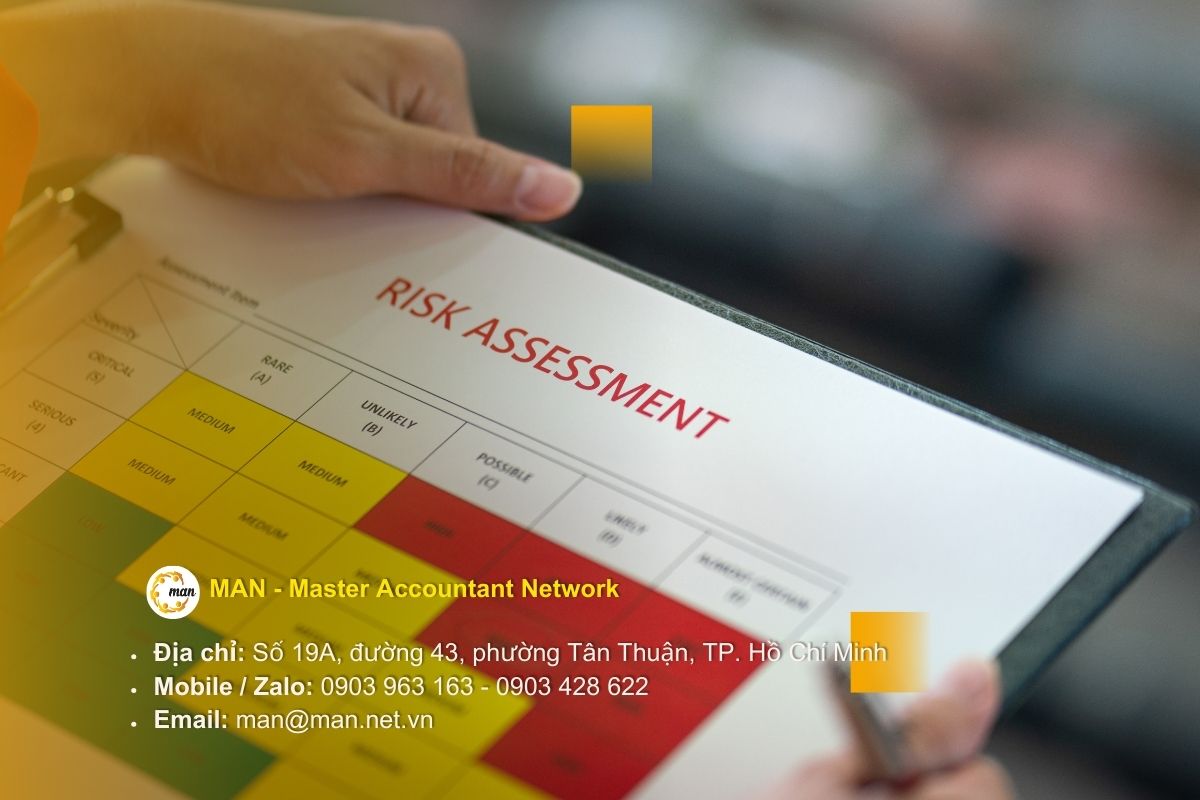
- Tax risks: Tax authorities have the right to impose taxes if businesses cannot prove the principle of independent market prices. This can lead to the collection of corporate income tax for many years, plus administrative fines and late payment interest. Specifically, the fines are as follows: A fine of 8 - 15 million if businesses do not comply with regulations and a fine of 20% for the amount of under-declared tax. In addition, late payment interest will be calculated at a rate of 0.03%/day. Data from the Ministry of Finance shows that in the period 2020-2023, the total amount of tax collected and fines from inspections and examinations of businesses with related-party transactions is estimated to be up to tens of thousands of billions of VND, reflecting a very high level of financial risk.
- Legal risks: Decree 132/2020/ND-CP and its amendments require enterprises to prepare price determination dossiers and fully disclose information on related-party transactions. If violated, enterprises will not only be subject to administrative sanctions but also be considered for legal liability, affecting their ability to access investment incentives and their confidence in the regulatory agency.
- Reputational risk: Once a business is publicly found by the tax authorities to have committed wrongdoings in related-party transactions within the group, the negative impact will spread to shareholders, investors and business partners. The affected reputation can lead to lost cooperation opportunities, difficulty in raising capital and reduced brand value.
- Internal management risk: Lack of transparency in internal price management can easily create conflicts of interest among member companies, leading to errors in consolidated financial statements. This not only makes independent audits difficult but also reduces the effectiveness of risk control across the group.
Given the tax, legal and reputational risks that have been analyzed, simply identifying the problem is not enough. More importantly, businesses need to proactively build appropriate control mechanisms and management methods. So what are the practical solutions to effectively manage related-party transactions within the group, both optimizing internal resources and ensuring compliance with legal regulations?
Methods of managing related transactions in the group
To effectively manage related-party transactions within the group, enterprises cannot stop at just complying with regulations but need to synchronously deploy many practical measures. Each solution has its own characteristics, benefits and scope of application. The table below summarizes the main management solutions, helping managers have a clearer view and more comprehensive comparison:
Board: Synthesis of solutions for managing affiliated transactions in the group
| Solution | Content | Outstanding features |
| Transparent internal pricing policy according to international standards | Apply the principle of independent market prices and build a consistent price framework throughout the group. | Avoid the risk of being imposed by tax authorities Ensure fair profit distribution Create consensus among member companies |
| Building transfer pricing documents (Local File, Master File, CbCR) | Prepare full documentation to demonstrate compliance with international laws and practices; Local File reflects country-by-country details, Master File shows the global picture, CbCR clarifies profits and taxes paid. | Legal evidence during inspection Comply with Decree 132/2020/ND-CP and OECD and BEPS standards. Improve transparency with investors. |
| Strengthen internal controls and periodic audits | Establish control systems to detect errors early; conduct periodic independent audits to strengthen the reliability of financial reporting. | Reduce accounting errors Strengthening shareholder confidence Enhance business reputation. |
| Applying technology, Big Data & AI in price analysis | Deploy big data analytics and AI to search, compare and build suitable benchmarks; AI detects anomalies in transactions. | Accelerate analysis Minimize manual errors Make transparent and accurate decisions. |
| International tax & financial expert consulting | Regularly consult transfer pricing experts, tax lawyers, financial advisors to update domestic regulations and OECD practices, BEPS, double taxation agreements. | Minimize legal risks Timely updates on policy changes Building a sustainable management strategy. |
Through the comparison table above, it can be seen that each solution brings its own values but also poses certain challenges. Therefore, to effectively manage related-party transactions within the group, businesses need to flexibly combine solutions, prioritize transparency and legal compliance, and proactively update international policy changes. This is the foundation for building a long-term risk management and mitigation strategy.
Conclude
Affiliate transactions within the group not only open up opportunities to optimize resources, but also pose many risks if there is a lack of transparency and control. Enterprises need to proactively develop internal pricing policies, establish standard pricing records, strengthen internal controls, apply modern technology and consult experts to ensure compliance with the law, while strengthening their reputation in the market.
For effective implementation, working with specialized consulting partners will help businesses be more confident in front of tax inspectors and protect their legitimate interests. MAN – Master Accountant Network is ready to become a trusted companion, providing comprehensive solutions in managing and controlling related-party transactions, helping businesses stand firm in the face of all challenges.
Contact information MAN – Master Accountant Network
- Address: No. 19A, Street 43, Tan Thuan Ward, Ho Chi Minh City
- Mobile / Zalo: 0903 963 163 – 0903 428 622
- E-mail: man@man.net.vn
Editorial Board: MAN – Master Accountant Network

